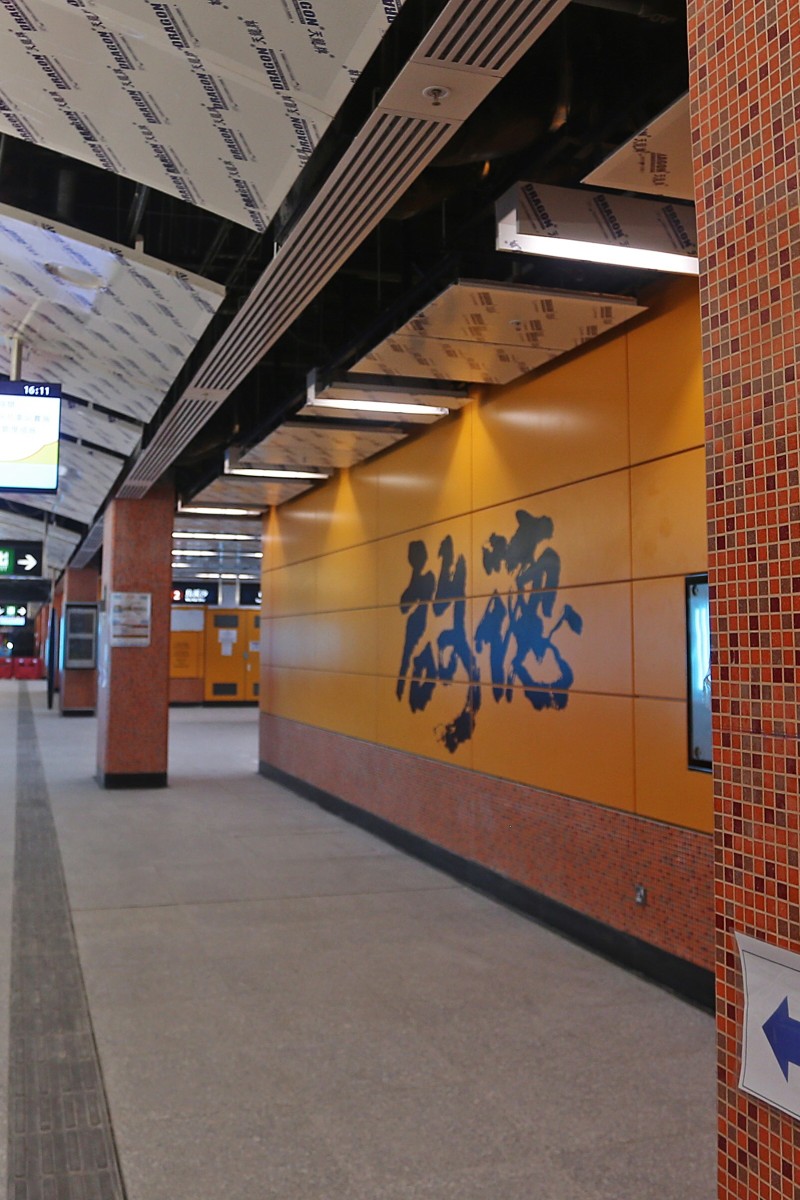
Hong Kong’s beloved MTR network will soon enter a new era with new trains, new stations and a brand new line
Updates to the MTR over the next few years could mean less waiting, fewer crowds and faster journeys
 Kai Tak station will be part of the MTR's new Shatin to Central Link.
Kai Tak station will be part of the MTR's new Shatin to Central Link. In a fast-paced city like Hong Kong, we need our trains to be able to keep up with us. Luckily, there are a number of updates in the works for our trusty MTR network to ensure that it can cope with ever-growing demand. Here are some of the improvements we can expect in the next few years.
New lines and stations
While already covering most of Hong Kong, several new lines and stations are being added to the MTR network to make room for more passengers and reach areas that aren’t yet connected by train.
One of these is the Sha Tin to Central Link. This long-waited line will provide yet another way of crossing the harbour, as well as a direct link between New Territories East and Hong Kong Island. It will also provide connections to To Kwa Wan, Ma Tau Wai and the new developments at Kai Tak – areas where buses are currently the only form of public transport.
The line is already 11 months behind schedule and it has cost more money than planned, too, but according to the MTR, the first section should be completed by mid-2019, with the cross-harbour section of the line up and running in 2021.
Another line being discussed is the North Island Line, which will serve the newly reclaimed land on Hong Kong Island and reduce traffic on the existing Island Line. The Tung Chung Line and Tseung Kwan O Line would be extended, and both would terminate at a new station near the Central Government Offices in Tamar. However, the line is still in the planning stage, with no fixed proposals laid out yet.
New Trains
Some of the trains on the MTR are nearly 30 years old, having first started running in the 1980s. These trains, known as “M-trains”, have reached the end of their lifespans and will soon be scrapped.
In their place, new trains are being built by the mainland company CSR Sifang at a cost of about HK$6 billion. The new trains will have improved lighting to make carriages feel more spacious, and digital screens that display updated information about the train’s route, upcoming stations, and interchanges.
There will also be larger handrails with extra poles to hold onto. These trains will be introduced on the Kwun Tong, Tseun Wan, Island and Tseung Kwan O Lines between 2018 and 2023. In addition, there will be 37 new trains on the East Rail Line when the Sha Tin to Central Link is completed. These trains, which were built in South Korea, have been gradually arriving in Hong Kong for testing. They will have similar features to the other new trains being added. Although these trains are only nine cars long – three cars shorter than the current trains – their faster speed will mean they can run more frequently, so that overall capacity is increased.
New signalling means more trains
If you hate waiting more than two minutes for a train, you’re in luck. The MTR is gradually replacing the signalling system on seven of its 11 rail lines, which could mean more trains and less waiting.
The whole project is expected to take several years, with the first upgrades being ready on the Tseun Wan Line by this year and the revamp completed on the rest of the lines by 2026.
The signalling system of many lines has already been stretched to capacity, so the new signals will mean that more trains can run, and more frequently. This means the trains will be able to carry more passengers overall. A report from the Legislative Council showed improved signalling could increase capacity on these lines by around 10 per cent.
The new signals use a system known as Communications Based Train Control, or CBTC. The system can more accurately pinpoint the location of a train on the tracks compared to the current systems, which use fixed sections of tracks known as “blocks” to keep trains a safe distance apart.
By knowing the exact location and speed of each train on the network, trains can be placed closer together, improving efficiency.